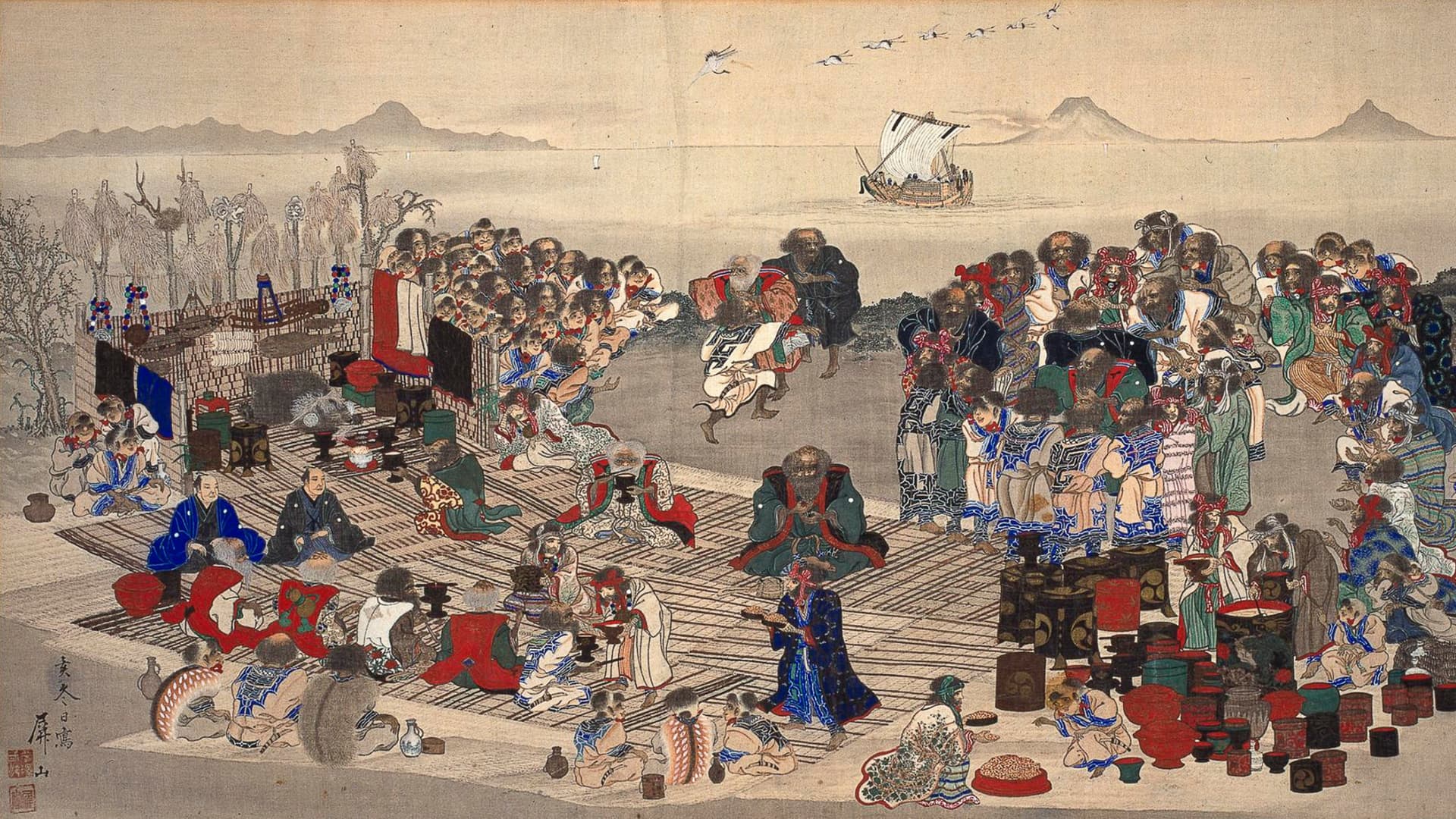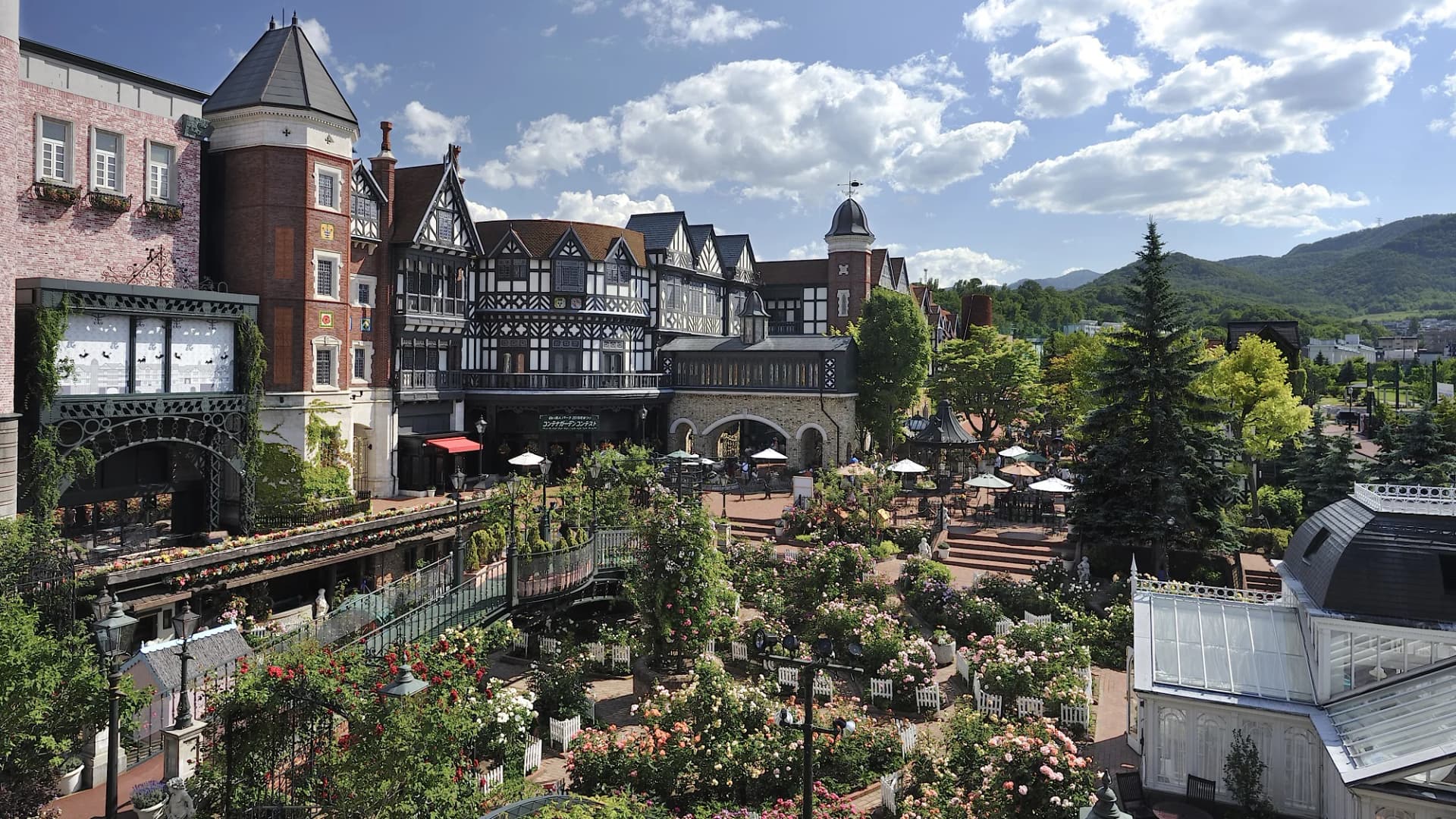
Nemuro Peninsula Chashi Site
根室半島チャシ跡群- Nemuro StationNemuro Main Line
Standing on the windswept cliffs of the Nemuro Peninsula, where the Sea of Okhotsk crashes against Japan's easternmost shores, lie the mysterious remains of ancient Ainu fortifications known as chashi. These earthen structures, scattered along 30 kilometres of rugged coastline, represent one of Japan's most unique and historically significant archaeological sites.
A Glimpse into Ainu Heritage
The Nemuro Peninsula Chashi Sites comprise twenty-four protected fortifications built by the indigenous Ainu people between the 16th and 18th centuries. These structures, collectively designated as Japan's National Historic Site since 1983, hold the distinguished honour of being ranked number one on the Japan Castle Foundation's list of Japan's Top 100 Castles—a remarkable achievement for structures so different from traditional Japanese fortifications.
The word "chashi" comes from the Ainu language, meaning "fence" or "palisaded compound." While over 530 chashi have been identified across Hokkaido, the concentration on the Nemuro Peninsula is extraordinary, with thirty-two sites identified in Nemuro City alone. These fortifications represent a crucial chapter in understanding Ainu culture and their relationship with the sea that sustained them.
Architectural Marvels of Earth and Strategy
Unlike the towering stone castles found elsewhere in Japan, chashi were constructed entirely from earth and wood. The Nemuro Peninsula sites are characteristically built on clifftops 5 to 50 metres above sea level, taking advantage of natural defensive positions overlooking the ocean. Each fortification features distinctive U-shaped or semicircular earthen walls and dry moats that separate the interior from the outside world.
Most chashi have diameters within 20 metres, though some larger rectangular sites demonstrate the varying architectural approaches used by different communities. The strategic positioning near river mouths and coves suggests these weren't merely defensive structures but served multiple purposes - as lookout posts for monitoring maritime conditions, gathering places for ritual activities, and centres for coordinating the vital fishing activities that formed the backbone of Ainu economic life.
The preservation of these sites is remarkably good compared to other chashi across Hokkaido. The relatively stable coastal environment and the remote location have helped maintain the earthwork features that might have eroded elsewhere, offering visitors a genuine glimpse into how these structures would have appeared centuries ago.
Historical Context and Cultural Significance
The construction period of these chashi coincided with significant political upheaval. Many sites are directly associated with the 1789 Menashi-Kunashir rebellion, when Ainu communities rose against increasing Japanese encroachment on their traditional lands and fishing rights. This context transforms each earthwork from a simple archaeological curiosity into a poignant reminder of indigenous resistance and cultural survival.
During the 17th and 18th centuries, the Matsumae domain expanded its control over Hokkaido, establishing trading relationships that gradually became exploitative. Russian expansion from the north added another layer of complexity to the region's politics. In this charged environment, chashi likely served as symbols of Ainu autonomy and bases for coordinating resistance to external pressures.
Archaeological excavations have revealed fascinating details about daily life at these sites. Japanese lacquerware, ceramics, ironware, and swords found alongside traditional Ainu artifacts illustrate the complex trade relationships that existed. The Ainu traded marine products including salmon, kelp, and valuable sea otter pelts in exchange for Japanese goods, rice, sake, and tobacco. However, this market economy ultimately led to overhunting and overfishing, contributing to the ecological disruption that would forever change Ainu society.
Experiencing the Sites Today
Of the twenty-four protected chashi, only two are easily accessible to visitors: the Notsukamafu No.1 and No.2 Chashi sites and the Onnemoto Chashi. These have been developed with parking areas, information boards, and maintained walking paths, making them ideal starting points for understanding these remarkable structures.
Visitors approaching these sites experience something profound - standing where Ainu ancestors once watched the horizon for returning fishing boats or approaching threats, surrounded by the same ocean winds and expansive views that shaped their daily lives. The simplicity of the earthworks might initially seem unremarkable, but their positioning and the dramatic coastal setting create an atmosphere that speaks to the deep connection between the Ainu people and their maritime environment.
The other twenty-two sites remain largely undeveloped, accessible only to those with proper preparation and local knowledge. Many require navigation through private property, overgrown paths, or approach to cliff edges, making them unsuitable for casual tourism but preserving their wild, authentic character.
Planning Your Visit
The Nemuro Peninsula Chashi Sites require significant commitment to reach. Located approximately 150 minutes' drive from either Kushiro Airport or Nakashibetsu Airport, the journey itself becomes part of the experience, passing through some of Hokkaido's most spectacular and undeveloped landscapes.
Most visitors combine chashi exploration with other peninsula attractions. The Nemuro City Museum of History and Nature provides essential context for understanding Ainu culture and the region's natural environment. Cape Nosappu offers dramatic coastal scenery and historical perspective on Japan's frontier development.
For those using public transportation, limited bus service connects Nemuro Station to some peninsula destinations, though schedules require careful planning. The most accessible sites are located along prefectural roads, with the Onnemoto Chashi approximately 5 minutes by car from Cape Nosappu.
At Hey Japan!, we strive to keep the places listed on our website as current as possible. However, it is important to note that location owners or management may make changes to their plans, including canceling events, altering opening times, or modifying admission requirements, without prior notice. To ensure that you have the most accurate information, we recommend checking official websites before visiting any location.
Last Updated:













